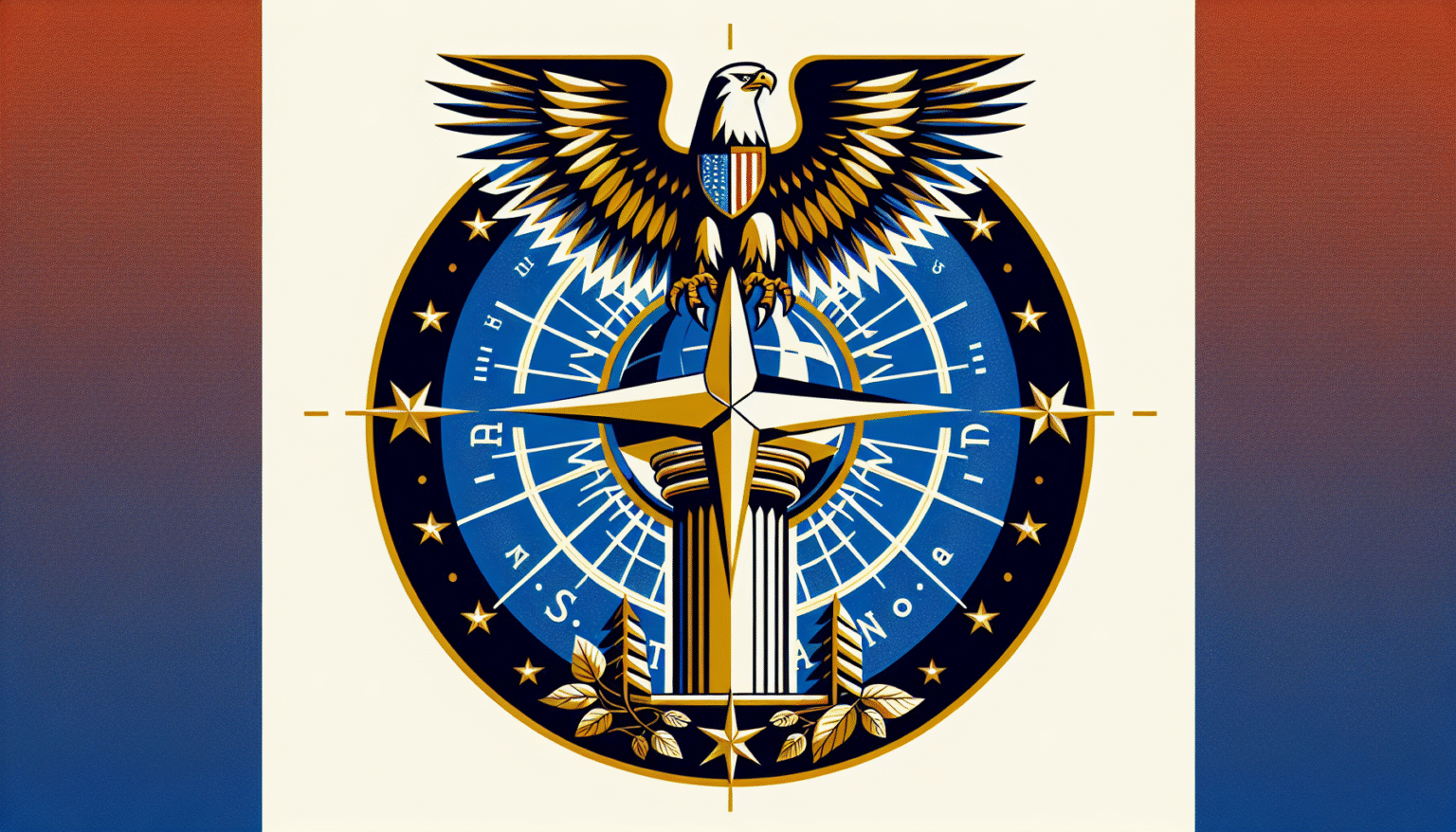The Origins of NATO
The North Atlantic Treaty Organization (NATO) was established on April 4, 1949, as a response to the geopolitical landscape post-World War II. The organization was created to provide collective defense against potential aggression during the onset of the Cold War, primarily from the Soviet Union. The founding members, including the United States, Canada, and ten Western European nations, aimed to foster political stability, mutual defense, and collaborative security measures across the Atlantic.
NATO’s Core Principles
At the heart of NATO’s mission lies Article 5 of the North Atlantic Treaty, which asserts that an attack against one ally is considered an attack against all allies. This principle of collective defense has been the bedrock of NATO’s solidarity and deterrent capabilities, reinforcing the United States’ geopolitical strength by ensuring that its European allies are united in defensive operations and strategic military cooperation.
Expanding Membership and Strategic Reach
NATO has evolved since its inception, growing from 12 founding members to 31 as of 2023. The expansion into Eastern Europe after the Cold War, with the inclusion of former Warsaw Pact nations, has enhanced NATO’s strategic footprint. This enlargement serves not only to deter potential aggressors but also to bolster U.S. influence in a region that was once dominated by the Soviet Union. Countries such as Poland, Hungary, and the Czech Republic joined NATO in the late 1990s, further strengthening ties among Western nations.
NATO’s Role in Global Security
NATO has adapted to changing global security threats beyond the confines of traditional military engagement. After the 9/11 attacks, NATO invoked Article 5 for the first time, emphasizing the alliance’s commitment to counter-terrorism efforts. The International Security Assistance Force (ISAF) in Afghanistan was a notable operation under NATO’s umbrella, showcasing its ability to address contemporary security challenges through a multilateral approach.
U.S. Leadership in NATO
The United States plays a pivotal role in NATO’s efficacy and direction. With the largest military expenditure among NATO countries, the U.S. invests heavily in collective defense initiatives, ensuring the alliance remains robust and responsive. This financial commitment not only underpins military readiness but also solidifies the U.S. hegemonic position within global geopolitics. The U.S. military bases in Europe exemplify a forward-deployed presence that serves as a deterrent against potential adversaries.
Challenges Within NATO
While NATO strengthens U.S. geopolitical power, it also faces challenges that may impact its cohesion. Burgeoning defense budgets among member nations remain a contentious topic. The 2014 Wales Summit goal of allocating at least 2% of GDP to defense by 2024 reflects ongoing discussions regarding fair burden-sharing. Differences in national interests and capabilities among member states can complicate consensus on strategic direction, particularly regarding relations with adversaries like Russia and China.
The Response to Aggression: The Russia-Ukraine Conflict
The recent conflict between Russia and Ukraine has reinvigorated NATO’s relevance and urgency. As Russia’s annexation of Crimea in 2014 raised alarms, NATO increased its presence in Eastern Europe, with enhanced forward deployments and regular military exercises to reassure member states. U.S. support has been pivotal in bolstering NATO’s eastern flank, emphasizing a united front against any potential aggression toward member states.
Technological and Military Innovation
NATO continues to address modern warfare, emphasizing the importance of technological advancements in maintaining a competitive edge. Initiatives such as the NATO Innovation Hub represent a concerted effort to harness emerging technologies like artificial intelligence, cyber capabilities, and advanced military systems. The U.S. leads these innovations within NATO, reflecting its commitment to staying ahead of threats and ensuring collective security.
NATO’s Partnerships and Outreach
NATO actively engages with non-member countries through partnerships and cooperative initiatives. Programs such as the Partnership for Peace (PfP) enhance interoperability and foster military cooperation, extending NATO’s influence beyond its member states. These partnerships allowed the alliance to engage with Ukraine and Georgia, aligning their defense structures more closely with NATO standards and practices.
The Future of NATO and U.S. Geopolitical Strategy
Looking ahead, NATO will undoubtedly continue to play a crucial role in shaping U.S. geopolitical strategy. The threat landscape is constantly evolving, with cyber warfare and hybrid threats emerging as priorities. A focus on strengthening transatlantic ties and fostering unity among member states will be essential for maintaining NATO’s relevance.
As the world navigates complex geopolitical tensions, from rising authoritarianism to climate-related security challenges, NATO’s adaptability will be tested. The ongoing commitment from the U.S. to lead within the alliance remains a cornerstone of its geopolitical strength, ensuring that NATO can meet future challenges effectively.
Conclusion
NATO’s foundation, structure, and evolving mission illustrate its unquantifiable value as a pillar of U.S. geopolitical strength. With collective defense at its core, the alliance not only deters threats but also strengthens ties among member states, enhancing overall global security. U.S. leadership within NATO is critical for addressing modern challenges and shaping a secure and prosperous future. Each step NATO takes under U.S. auspices shapes individual alliances and, by extension, global security dynamics, confirming that NATO remains a vital component of American foreign policy.






